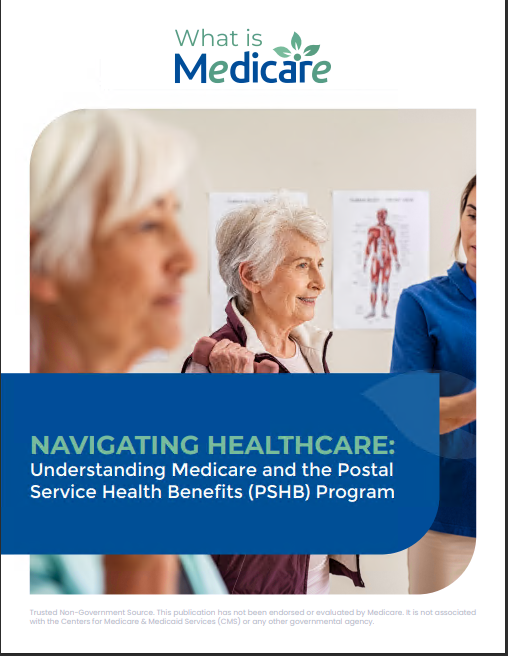Key Takeaways:
- Medicare hospice benefits provide comprehensive support for patients with terminal illnesses, ensuring comfort and dignity in their final stages of life.
- Understanding eligibility, services covered, and how to choose a hospice provider can significantly ease the transition to hospice care.
Exploring the Full Scope of Medicare Hospice Benefits in 2024
Navigating the complexities of Medicare hospice benefits can be daunting, but understanding these benefits can make a significant difference in ensuring comfort and dignity for patients with terminal illnesses. In this article, we’ll explore the full scope of Medicare hospice benefits in 2024, including eligibility, covered services, and practical tips for choosing a hospice provider.
Understanding Medicare Hospice Benefits: What You Need to Know
Medicare hospice benefits are designed to support patients with terminal illnesses who have a prognosis of six months or less to live. The primary goal is to provide comfort rather than curative treatment, focusing on the quality of life. Hospice care under Medicare includes a range of services aimed at managing pain and symptoms, offering emotional and spiritual support, and providing assistance with daily activities.
One key aspect of Medicare hospice benefits is that they cover almost all hospice-related services, including nursing care, medical equipment, and supplies necessary for pain relief and symptom management. This comprehensive approach ensures that patients can spend their final days in comfort, surrounded by loved ones, without the burden of excessive medical expenses.
Who Qualifies for Medicare Hospice Benefits?
To qualify for Medicare hospice benefits, a patient must meet specific criteria. First and foremost, the patient must be enrolled in Medicare Part A. Secondly, the patient’s physician and the hospice medical director must certify that the patient is terminally ill with a life expectancy of six months or less.
Once these criteria are met, the patient must choose hospice care over other Medicare-covered treatments for their terminal illness. This means that patients agree to focus on palliative care—relief from pain and symptoms—rather than attempting curative measures. It’s important to note that patients can still receive treatment for other unrelated health conditions.
How to Get Started with Medicare Hospice Care
Starting with Medicare hospice care involves several steps. Initially, the patient’s physician will discuss the hospice option and, if the patient agrees, they will make a referral to a hospice provider. The hospice provider will then conduct an initial assessment to determine the specific needs and preferences of the patient.
Patients and their families should take the time to discuss what they expect from hospice care and any particular wishes they have regarding the patient’s care plan. This discussion can help ensure that the care provided aligns with the patient’s desires and offers the most comfort and support during their final days.
What Services Are Covered Under Medicare Hospice?
Medicare hospice benefits cover a broad range of services aimed at providing comprehensive care for terminally ill patients. These services include:
- Nursing Care: Skilled nurses are available to manage pain and symptoms, administer medications, and provide general care.
- Medical Equipment and Supplies: Medicare covers necessary medical equipment such as hospital beds, wheelchairs, and supplies like bandages and catheters.
- Medications: Pain relief and symptom management medications are provided to ensure the patient remains comfortable.
- Hospice Aide and Homemaker Services: Assistance with personal care and daily living activities, such as bathing and dressing.
- Social Services: Support from social workers to help with emotional and social aspects of terminal illness.
- Spiritual Care: Chaplain services are available to provide spiritual support according to the patient’s beliefs.
- Bereavement Support: Counseling and support for family members after the patient’s death.
These services aim to address the holistic needs of both the patient and their family, ensuring that emotional, spiritual, and physical needs are met.
How to Choose a Hospice Provider
Choosing a hospice provider is a critical decision that can significantly impact the quality of care received. When selecting a hospice provider, consider the following factors:
- Accreditation and Certification: Ensure the hospice provider is Medicare-certified and accredited by recognized organizations.
- Experience and Reputation: Research the provider’s reputation and experience in delivering hospice care. Reading reviews and asking for recommendations can be helpful.
- Range of Services: Confirm that the provider offers the comprehensive services covered by Medicare hospice benefits.
- Location and Availability: Consider the provider’s location and their ability to provide timely and consistent care.
- Staff Credentials: Inquire about the qualifications and experience of the hospice care team.
Taking the time to thoroughly evaluate potential hospice providers can ensure that the chosen provider aligns with the patient’s needs and preferences.
Common Myths About Medicare Hospice Benefits
There are several myths and misconceptions about Medicare hospice benefits that can create confusion. Let’s debunk some of the most common myths:
- Myth 1: Hospice care means giving up hope. In reality, hospice care focuses on quality of life and comfort. It allows patients to live their remaining time with dignity and as comfortably as possible.
- Myth 2: Hospice care is only for cancer patients. Hospice care is available to all Medicare beneficiaries with a terminal illness, regardless of the specific disease.
- Myth 3: Hospice care is only for the very end of life. While hospice care is for patients with a prognosis of six months or less, it can be provided for longer if the patient continues to meet eligibility criteria.
- Myth 4: Hospice care is expensive. Medicare covers nearly all hospice-related costs, making it an affordable option for patients and their families.
Planning Ahead: Preparing for Hospice Care
Preparing for hospice care involves several important steps to ensure a smooth transition. Start by discussing hospice care options with your physician and loved ones early. Having these conversations in advance can alleviate stress and ensure that everyone understands the patient’s wishes.
Next, gather important documents such as advance directives, living wills, and power of attorney paperwork. These documents will guide healthcare decisions and ensure that the patient’s preferences are honored.
Lastly, consider the emotional and practical support needed. This might include arranging for help with household tasks, coordinating visits from family and friends, and seeking bereavement support services for family members.
Ensuring Comfort and Dignity
Medicare hospice benefits offer essential support for patients and their families during one of life’s most challenging times. By understanding the full scope of these benefits, patients can receive the care they need to ensure comfort and dignity in their final stages of life. Whether it’s through managing pain, providing emotional support, or assisting with daily activities, Medicare hospice benefits aim to improve the quality of life for terminally ill patients and their loved ones.•••••••
Contact Information:
Email: [email protected]
Phone: 5515556789










